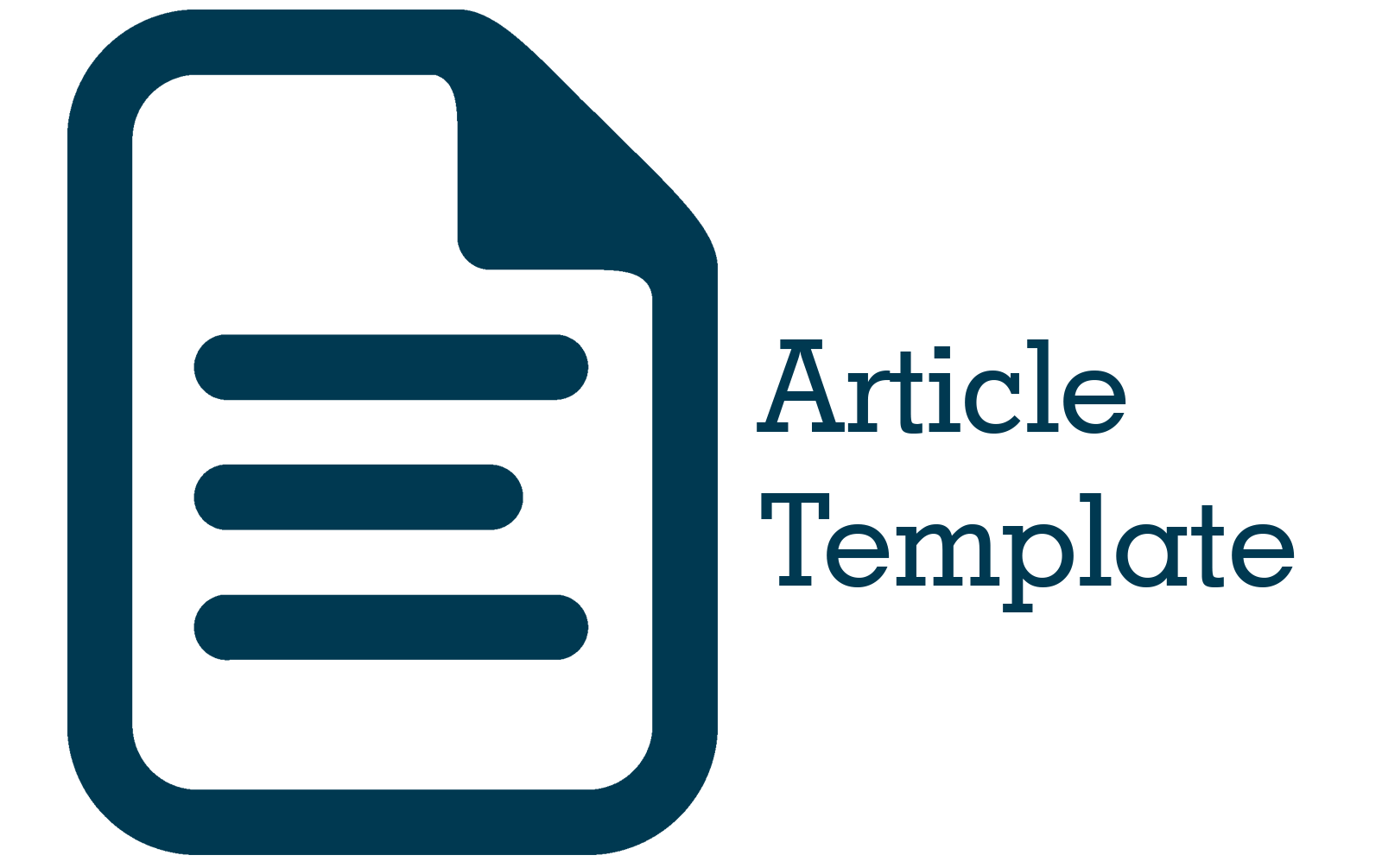Kajian Pengelolaan Sampah di Kawasan Tahura Ir. H. Djuanda Berdasarkan Pedoman Pengelolaan Sampah Wisata Alam di Kawasan Hutan
Abstract
Abstract. Tourism activities in the Tahura Area Ir. H. Djuanda caused piles of garbage at several points. This pile of garbage is a reflection of waste management in Tahura Ir. H. Djuanda not optimal. The purpose of this study is to identify and analyze efforts to reduce and handle existing waste in Tahura Ir. H. Djuanda according to the 2020 guidelines for Natural Tourism Waste Management in Forest Areas. The research approach used is quantitative with descriptive methods. The analytical method used is descriptive analysis, waste generation analysis, and descriptive statistics analysis. The amount of waste generation in 2022 is 0,457 m3/day, with a composition of 98% organic waste and 2% inorganic waste. The need for container facilities is 6 organic waste bins and 6 inorganic waste bins which are placed at the entrance area and tourist objects made of wood and iron which are closed and padlocked measuring 50 cm x 80 cm so that they are safe from monkey disturbances. Based on the results of the comparison, the existing waste management in Tahura Ir. H. Djuanda does not comply with the guidelines. With a mismatch percentage of 93% in the waste reduction component and 68% in the waste handling component. The recommendation for the Tahura BLUD is to monitor and evaluate waste management in the components of waste reduction and handling in the Tahura Area Ir. H. Djuanda to comply with the guidelines for Natural Tourism Waste Management in Forest Areas.
Abstrak. Aktivitas pariwisata di Kawasan Tahura Ir. H. Djuanda menyebabkan tumpukan sampah di beberapa titik. Tumpukan sampah ini menjadi cerminan pengelolaan sampah di Tahura Ir. H. Djuanda belum optimal. Tujuan dari penelitian ini adalah mengidentifikasi dan menganalisis upaya pengurangan dan penanganan sampah eksisting di Tahura Ir. H. Djuanda sesuai dengan pedoman Pengelolaan Sampah Wisata Alam di Kawasan Hutan Tahun 2020. Pendekatan penelitian yang digunakan adalah kuantitatif dengan penelitian deskriptif. Metode analisis yang digunakan yaitu analisis deskriptif, analisis timbulan sampah, dan analisis statistik deskriptif. Jumlah timbulan sampah pada tahun 2022 yaitu 0,457 m3/ℎ
References
[2] Sihombing R, Ervina E, and Sumarsih U, “Pengelolaan Daya Tarik Wisata Alam Di Taman Hutan Raya Ir. H. Djuanda Dalam Mendukung Pariwisata Berkelanjutan 2019,” vol. 5, no. 2, p. 1470, 2019.
[3] B. Sutoyo, Fenomena Gerakan Mengolah Sampah. Jakarta: Pusat Komunikasi publik kementrian pekerjaan umum, 2013.
[4] A. Suryawan, M. Christita, and I. Yuliantoro, “Potensi dan Strategi Pengembangan Taman Hutan Raya Gunung Tumpa Manado, Sulawesi Utara Dalam Upaya Konservasi Keanekaragaman Hayati Subkawasan Wallacea,” vol. 1, no. Juli, pp. 714–720, 2015, doi: 10.13057/psnmbi/m010405.











